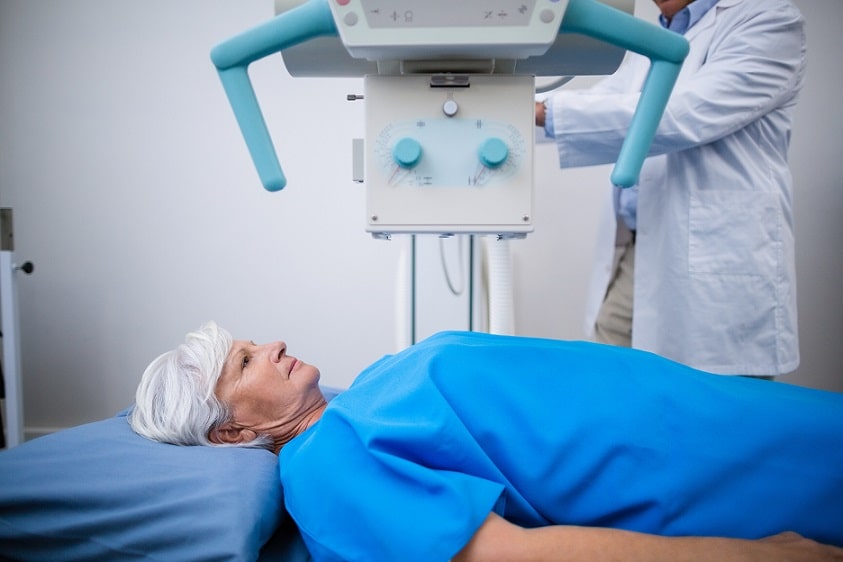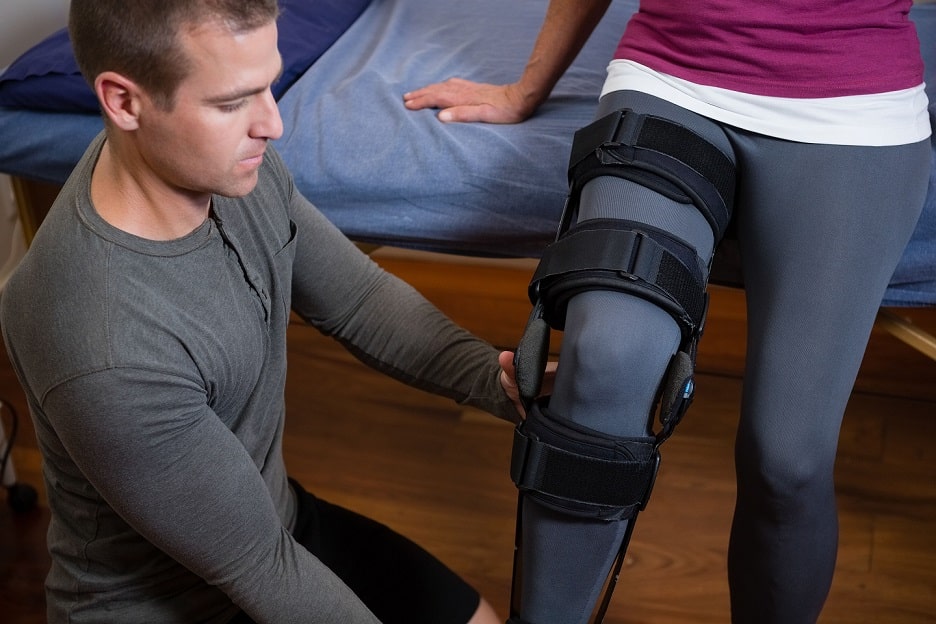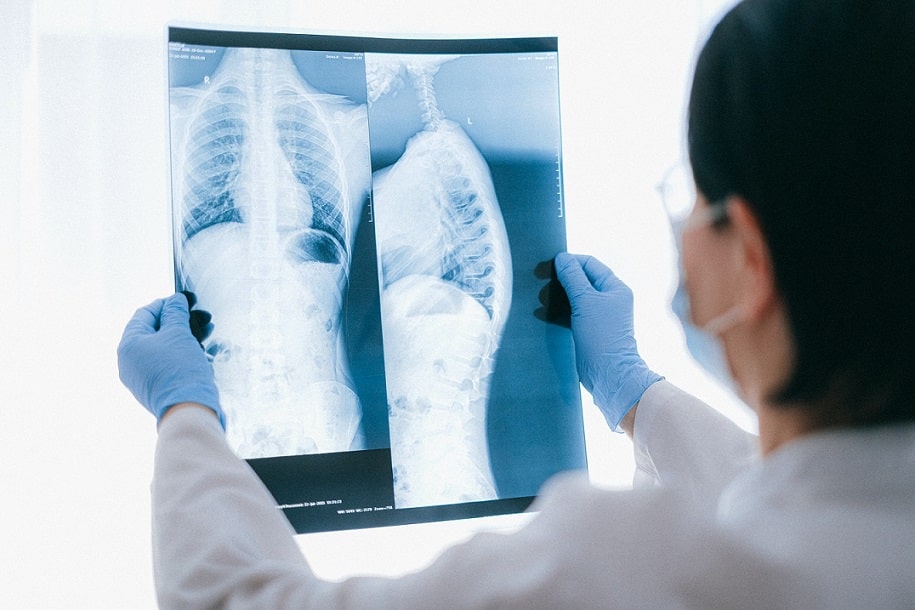 Manual Handling and the techniques involved in moving loads from one place to another has become a mainstay in almost all companies’ health and safety folders. These are techniques designed to reduce the risk of employees injuring themselves and make everybody’s lives easier; but who has the responsibility when it comes to employees’ education in these techniques?
Manual Handling and the techniques involved in moving loads from one place to another has become a mainstay in almost all companies’ health and safety folders. These are techniques designed to reduce the risk of employees injuring themselves and make everybody’s lives easier; but who has the responsibility when it comes to employees’ education in these techniques?
The answer can be found in the Manual Handling Operations Regulations 1992. These say that under the Health and Safety at Work Act 1974 and the Management of Health and Safety Regulations 1999 it is an employers’ responsibility to provide employees with the proper information and training on health and safety matters – this can look like quite a complicated statement as it contains a lot of different pieces of legislation but the message is the same – it is your employers responsibility to make sure that you know what you are doing at work when it comes to manual handling, and the best way to do it.
However, putting this into practice requires a two-way flow of information between you and your employer and means that both of you have roles to play in making sure that injuries are not suffered in the workplace.
Employers Responsibilities
It is the ‘duty’ of an employer to avoid Manual Handling tasks which might result in injury wherever they can. If they cannot, then any risk to their employees must be reduced before they allow the task to go ahead. The Manual Handling Operations Regulations set out the measures that an employer should use to reduce the risks of injury:
- Avoid hazardous manual handling operations so far as reasonably practicable;
- Assess any hazardous manual handling operations that cannot be avoided;
- Reduce the risk of injury so far as reasonably practicable.
While this cannot guarantee that no injury will ever occur in the workplace it is designed to make for as safe a working environment as is reasonably possible.
Employees Responsibilities
As opposed to the lengths that employers must go to ensure safe working, an employee has a much lighter load to carry in relation to their responsibilities; in fact, most of the rules for employees are simple common sense.
Employees must take reasonable care for their own health and safety, which includes:
- Follow appropriate systems of work laid down for their safety
- Make proper use of equipment provided for their safety
- Co-operate with their employer on health and safety matters (tell your employer of any problems with a task or any discomfort in working)
- Inform the employer if they identify hazardous handling activities
- Take care to ensure that their activities do not put others at risk
So if you have been injured at work and it was because you were not guided properly (or at all) in manual handling or if you think that your employers have failed to reduce the risks of injury and ignored the risks to your health, then you might just have a claim for compensation from your employers insurance. Get in contact with The Injury Lawyers claims team today for expert legal advice on making a claim and why not to worry about claiming against your employer.

 Manual Handling and the techniques involved in moving loads from one place to another has become a mainstay in almost all companies’ health and safety folders. These are techniques designed to reduce the risk of employees injuring themselves and make everybody’s lives easier; but who has the responsibility when it comes to employees’ education in these techniques?
Manual Handling and the techniques involved in moving loads from one place to another has become a mainstay in almost all companies’ health and safety folders. These are techniques designed to reduce the risk of employees injuring themselves and make everybody’s lives easier; but who has the responsibility when it comes to employees’ education in these techniques?









